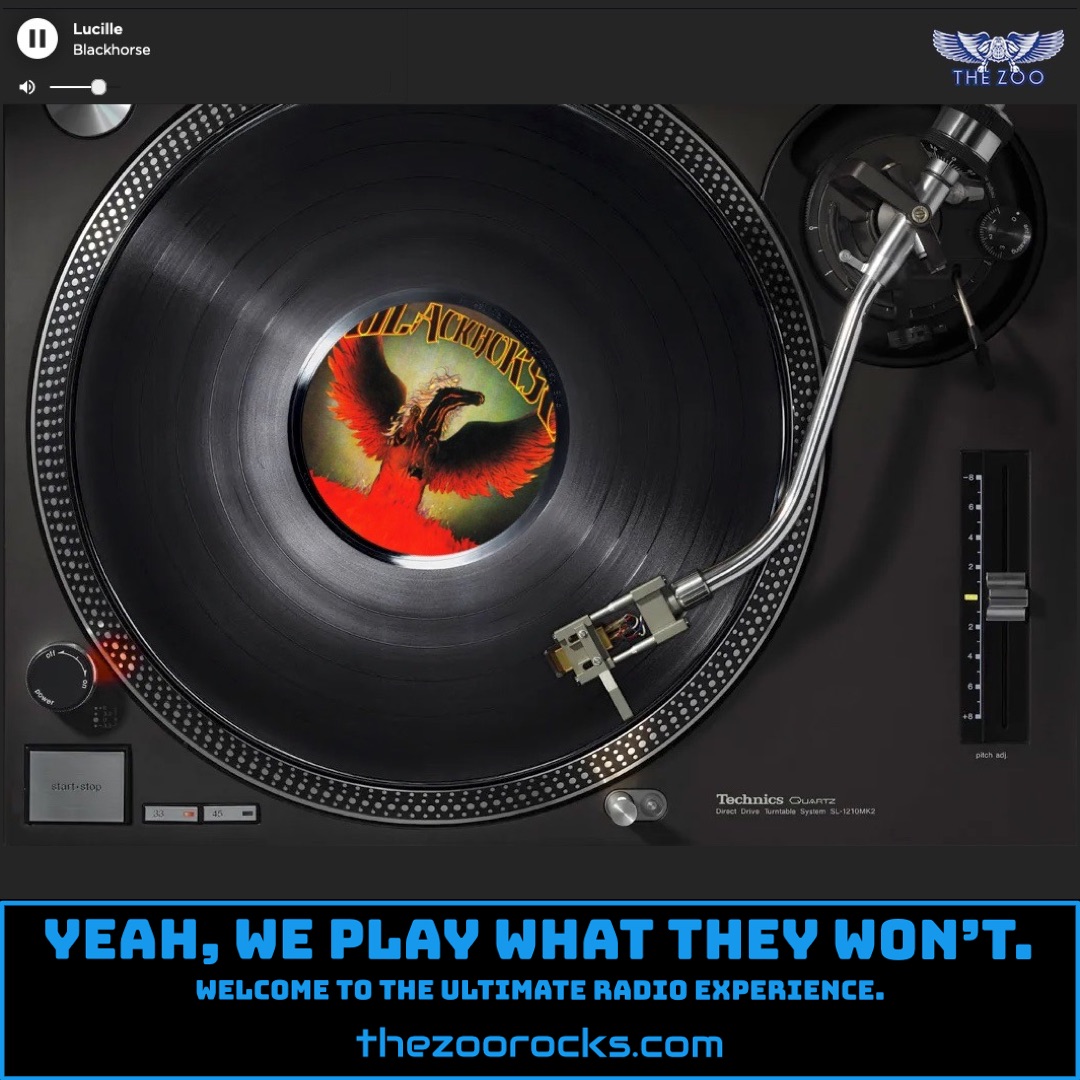Steel Monkey
Jethro Tull
Zoo Freaks, get ready for some wild vibes as we spin "Steel Monkey" by Jethro Tull from their 1987 album Crest of a Knave here at THE ZOO! This track is a high-energy, sequencer-driven rocker that’s a bit of a departure from the band’s usual flute-heavy sound. In an interview, frontman Ian Anderson revealed that “Steel Monkey” was built around a sequencer riff and notably lacks his signature flute, making it an “atypical Jethro Tull song” that still became a radio hit. The song’s lyrics paint a vivid picture of a tough, masculine steelworker—a “highrise jockey” scaling skyscrapers with grit and swagger. Anderson’s storytelling shines, blending themes of hard labor and playful bravado, with lines like “I’m a monkey puzzle and the lid is on.” Fun fact: the single’s cover art was designed by John Pasche, the artist behind the iconic Rolling Stones logo!
Another juicy tidbit for you Zoo Crew listeners: “Steel Monkey” helped propel Crest of a Knave to win the 1989 Grammy Award for Best Hard Rock/Metal Performance, a controversial upset over favorites like Metallica’s …And Justice for All. The win shocked fans and critics, as Jethro Tull’s progressive and folk-rock roots didn’t quite scream “heavy metal.” Anderson later joked in an interview, “We do sometimes play our mandolins very loudly,” while their label, Chrysalis, ran an ad proclaiming, “The flute is a heavy metal instrument!” Metallica’s drummer Lars Ulrich got in on the fun years later, humorously thanking Jethro Tull for “not releasing an album” when Metallica won a Grammy in 1992—though, oops, Tull actually had released Catfish Rising in 1991. The Grammy win remains one of the most talked-about moments in Tull’s history, cementing “Steel Monkey” as a track with serious legacy.
Guitarist Martin Barre also has a cool story about “Steel Monkey” and the album. He’s said Crest of a Knave was where he had his biggest creative input, with many riffs and ideas coming from his own invention. Barre’s screaming guitar lines dominate the track, giving it that hard rock edge that caught radio stations’ attention. The album’s production leaned into a Dire Straits-like sound, partly because Anderson’s vocal range had shifted after a throat infection, forcing him to sing in lower registers. Despite some fans on Jethro Tull fan Facebook groups feeling it strayed from the band’s classic ‘70s folk-prog vibe, “Steel Monkey” connected with a new audience, and the song’s video even got airplay on MTV. Check out fan discussions on sites like ProgArchives for more love and debate about this era!
Now, let’s rewind to how Jethro Tull got their start. Formed in Luton, Bedfordshire, in December 1967, the band emerged from the British blues and folk scene. Ian Anderson, the charismatic flautist, vocalist, and songwriter, has been the heart of the band since its inception. Originally, the group went through various names and lineups, playing gigs as the John Evan Band and others before settling on Jethro Tull, named after an 18th-century agriculturalist. Anderson’s unique blend of bluesy vocals, acoustic guitar, and virtuosic flute-playing set them apart, with guitarist Martin Barre joining in 1969 to solidify their sound. Their early albums, like Stand Up (1969), mixed blues, jazz, and folk, but by Aqualung (1971), they’d shifted to progressive rock, becoming one of the genre’s most eccentric and successful acts. With an estimated 60 million albums sold worldwide, Tull’s journey from smoky UK pubs to global stages is legendary.
For more Tull goodness, Zoo Freaks can dive into the band’s world online. Visit their official site at jethrotull.com for tour dates, album info, and news. Follow them on Facebook and Instagram for behind-the-scenes shots and updates, or check out their X account for quick quips and fan interactions. Fans should also peek at Martin Barre’s personal site, martinbarre.com, for his solo projects and tour info. Want to connect with fellow Tull devotees? Join the Jethro Tull Fans Facebook group or browse ProgArchives for deep dives into their discography. Keep rocking, Zoo Freaks, and let “Steel Monkey” take you to the top of the highrise!

